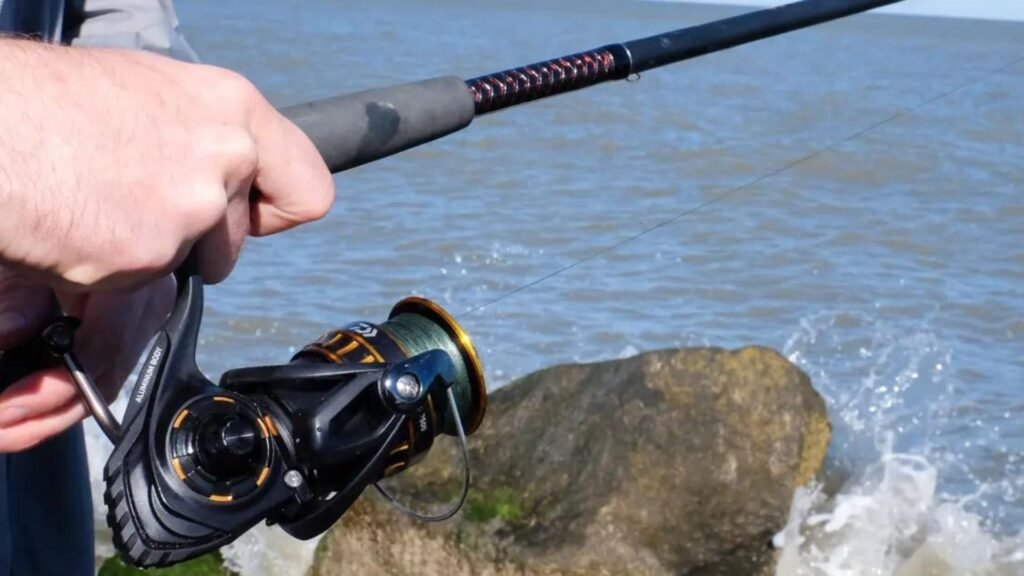Organizing your salmon fly tying materials is essential for efficient and enjoyable tying sessions. Whether you’re a beginner or a seasoned fly tyer, having a well-organized workspace can streamline your tying process and ensure you have everything you need at your fingertips. Here are practical ways to organize your salmon fly-tying materials for maximum convenience and creativity.

Ways to Organize Your Salmon Fly Tying Materials
1. Dedicated Storage Solutions
Invest in storage containers specifically designed for fly-tying materials. Clear plastic bins with compartments are ideal for organizing hooks, threads, feathers, and other small items. Label each compartment to easily locate materials during tying sessions.
2. Pegboards and Hooks
Install a pegboard on your fly-tying bench or wall to hang tools such as scissors, bobbins, and hackle pliers. Use hooks or pegs to hang spools of thread, wire, and tinsel. This setup keeps your tools visible and accessible, minimizing clutter on your workspace.
3. Drawer Dividers
Use drawer dividers or organizers to sort and store larger items like dubbing materials, furs, and yarns. Keep similar materials together to quickly find what you need without rummaging through drawers. Label dividers for easy identification.
4. Thread Racks
Mount a thread rack on your fly tying bench to store and display spools of thread in various colors. Organize threads by color family or type (e.g., silk, nylon) for quick selection during tying. A thread rack also prevents spools from rolling around and tangling.
5. Portable Tying Kits
Create portable tying kits for different types of flies or fishing trips. Use small tackle boxes or travel cases to store essential materials and tools needed for specific patterns. Portable kits are convenient for tying on the go or at fishing destinations.
6. Labeling Systems
Use labeling systems such as tape or adhesive labels to mark storage containers, drawers, and bins. Clearly label each container with the contents inside to easily locate materials during tying sessions. Update labels as you add or remove materials.
7. Keep a Inventory
Maintain an inventory of your fly tying materials to track quantities and ensure you don’t run out of essential items. Use a spreadsheet or notebook to list materials, quantities, and purchase dates. Regularly update your inventory after each tying session or material purchase.
8. Clean and Declutter Regularly
Regularly clean and declutter your fly tying space to maintain organization. Dispose of empty packaging, outdated materials, or items you no longer use. Keep your workspace tidy to enhance creativity and focus during tying sessions.
9. Utilize Wall-Mounted Shelves
Install wall-mounted shelves above your fly tying bench to store reference books, magazines, and additional materials not used daily. Keep books and reference materials within reach for inspiration and guidance while tying.
10. Digital Organization
Use digital tools such as apps or software to catalog and organize your fly tying materials digitally. Create digital catalogs with photos and descriptions of each material for easy reference and inventory management.
Conclusion
Organizing your salmon fly tying materials is key to maintaining a productive and enjoyable tying experience. By investing in dedicated storage solutions, labeling systems, and maintaining a tidy workspace, you can streamline your tying process and focus more on creativity and tying quality flies. Implement these organizational tips to enhance your fly tying efficiency and enjoyment.




